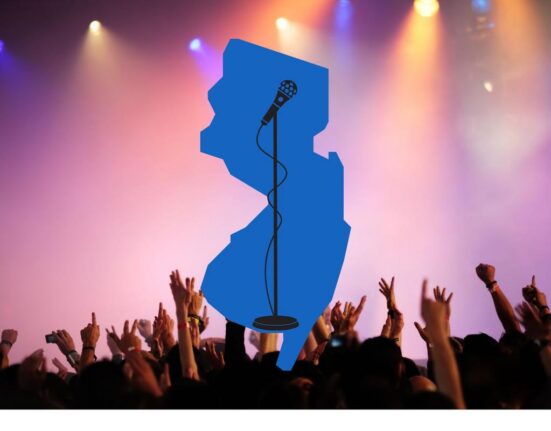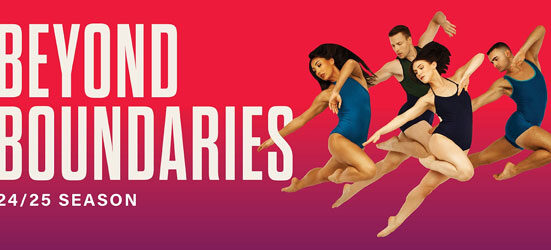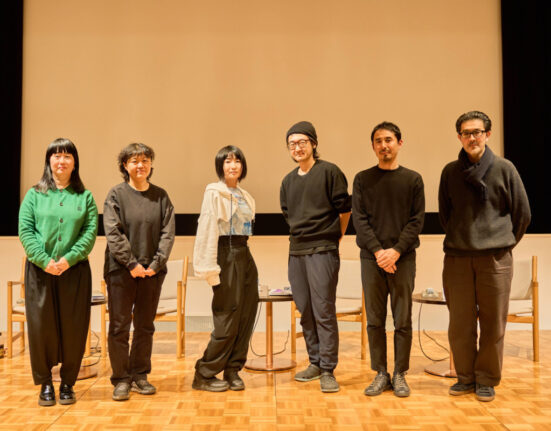The Illinois agency responsible for publicly funding the arts is reorganizing in an effort to better reach underserved areas after collecting feedback from artists, arts organizations and public officials across the state.
“We heard our application was very cumbersome,” said Illinois Arts Council board Chair Nora Daley, who was appointed by Gov. J.B. Pritzker in 2022. “A lot of our small and mid-sized organizations don’t have development teams. And so our application — we really streamlined where we are asking for information that is going to inform our decisions.”
Going forward, the IAC plans to focus on reducing barriers to receiving financial support and serving a wider swath of the arts community in an effort to “better align public resources to communities across Illinois,” the agency said.
While the IAC supports many small and mid-sized organizations, artists in rural areas have often not received the same backing, according to Kelly Barsdate, program and planning officer for the National Assembly of State Arts Agencies. More than half of the counties in Illinois, most of which are in the southern half of the state, do not receive funding, according to NASAA’s final recommendations for the IAC.
In an effort to distribute funds more equitably, the state will be divided by geographical region rather than by artistic discipline and the IAC funding formula will be updated to prioritize historically under-resourced communities. The Chicago metropolitan area is to be divided into its own subregions.
“Part of it has to do with making sure the types of awards are flexible enough to accommodate how the arts are supported in rural communities,” Barsdate said. “Not every rural community may have an art school or an arts center. But many rural communities have libraries — many rural communities have these other organizations and institutions that play a very important role in civic and community life.”
Many of the changes are set to be implemented during the fiscal year that begins July 1.
The restructuring was informed by a “listening tour” of 34 town hall meetings attended by organizations, artists and government officials from around the state, the IAC said. Much of the feedback centered on barriers to applying for funding, including the requirement to provide a cash match for received funding and a perception that grants were more competitive than they actually were.
The IAC eliminated the cash match requirement and established a communications department to improve outreach to artists. They also plan to launch a grant program called the Creative Accelerator Fund that aims to provide general support to individual artists as opposed to restricting resources to the production of specific projects.
Following the listening tour, the National Assembly of State Arts Agencies conducted a data-driven analysis of the IAC’s practices.
The IAC received about $15.5 million in general operating funds for the fiscal year ending June 30. The arts and culture sector generates almost $30 billion in the state economy and supports 216,700 jobs, according to the IAC.
Collaborating with additional state and federal agencies is underway to help the IAC execute the outlined changes as well as expand its work into the future. However, most funding is decided by the general assembly, and Barsdate said while Illinois is the sixth nation’s most populated state, it’s ranked 23rd in per capita funding for the arts.
“Even beyond the economic impact, the arts contribute to social cohesion. They improve health and well-being. They help kids succeed academically in school,” Barsdate added. “Hopefully, this work is an opportunity to bring some of those really impressive impacts to the surface.”
ostevens@chicagotribune.com







